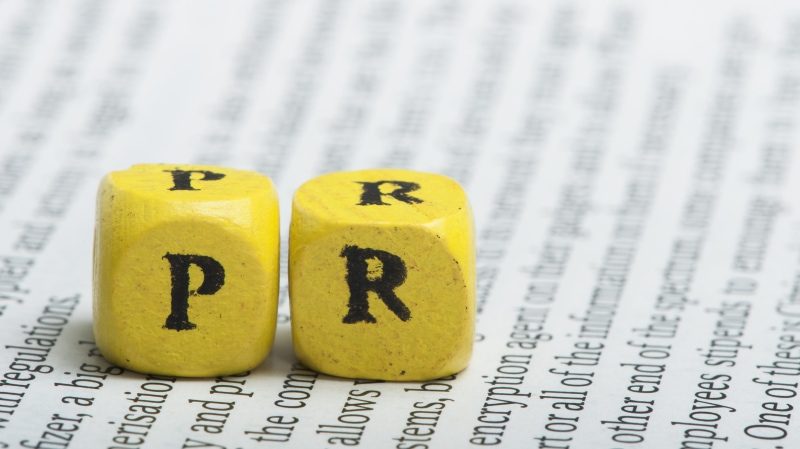It often comes up in conversation with clients–what influence do we, public relations professionals, have on the media?
Unfortunately, the answer isn’t simple. Some research shows that up to 80 percent of media coverage is influenced by public relations. But this number has been heavily scrutinized.
Today, journalists are working to satiate an ever-hungry media monster. Deadlines are tight and novelty is crucial. It takes both luck and skill of the PR professional to give journalists what they want or need. But the better we PR pros can scratch journalists’ backs, the better back-scratch we will likely get in return.
Here are four ways PR professionals can influence media personnel.
Be a friend.
Relationships are so important in the world of PR. Journalists need to ensure they trust the person who is giving them information, since they are essentially the horse’s mouth. Once a PR professional makes a contact, it’s up to them to prove their trustworthiness by citing past articles and then maintaining contact. Socially sharing a journalist’s work is a great way to get in their good graces–as well as, obviously, reading/viewing/listening to their work and being familiar with the topics they cover. At Weaving Influence, we work to keep track of all our media touches and continue to foster those relationships for future benefit.
Be on time.
Many of our clients take advantage of our HARO and ProfNet services. These services feature inquiries from reporters looking for interviews. Being timely in responding to these, or any media inquiry, is so important. When I was a reporter, I often ended up interviewing whomever got back to me first in order to meet my deadline–not who was the best interview. After all, I had a beast to feed. Keeping a journalist apprised on your progress on an article or of your schedule is key. There’s no quicker way to kill a media friendship than to mess up their deadline.
Snap a selfie (or a photo, at least).
Journalism has drastically changed over the past decade or so. Newsrooms have shrunk, and budgets along with them. Thus, it’s up to PR professionals to make journalists’ jobs easier by giving them everything they need to assemble a story–this can include ready made quotes, videos, and pictures. With the growth of online, the demand for information is high, heightening the burden on journalists’ time. PR pros can achieve their own goals (and their clients’) by supporting journalists in saving them time, providing access to information and facilitating opportunities.
Get to the point.
Did I mention journalists are short on time? When I was a reporter, I’d get so frustrated with interview subjects who would talk my ear off or want me to interview everyone in their organization–and then I’d get frustrated with myself for getting frustrated! I relished working with PR practitioners who knew exactly what I wanted–appropriate background, easy access to leaders/interviews, good visuals, and answers to follow-up questions–all in a timely manner. If a PR pro is pitching a story, it’s important they let the journalist know right away why they will care–and then make putting the story together as easy as can be.
Good public relations is about mutually beneficial partnerships with the media. It is about sharing information that the public wants or needs to know.
It was once believed that PR professionals and journalists were adversaries. Not any more. We need each other to do our jobs. We need each other to scratch those itches we can’t reach.

Whitney is the public relations director at WI. She started her career in communications as a TV news anchor/reporter in Virginia and Tennessee before switching to public relations. Whitney earned her bachelors in government at Georgetown University, and masters in PR from the University of Tennessee. She enjoys spending time with her family in Knoxville, TN, and running competitively.

